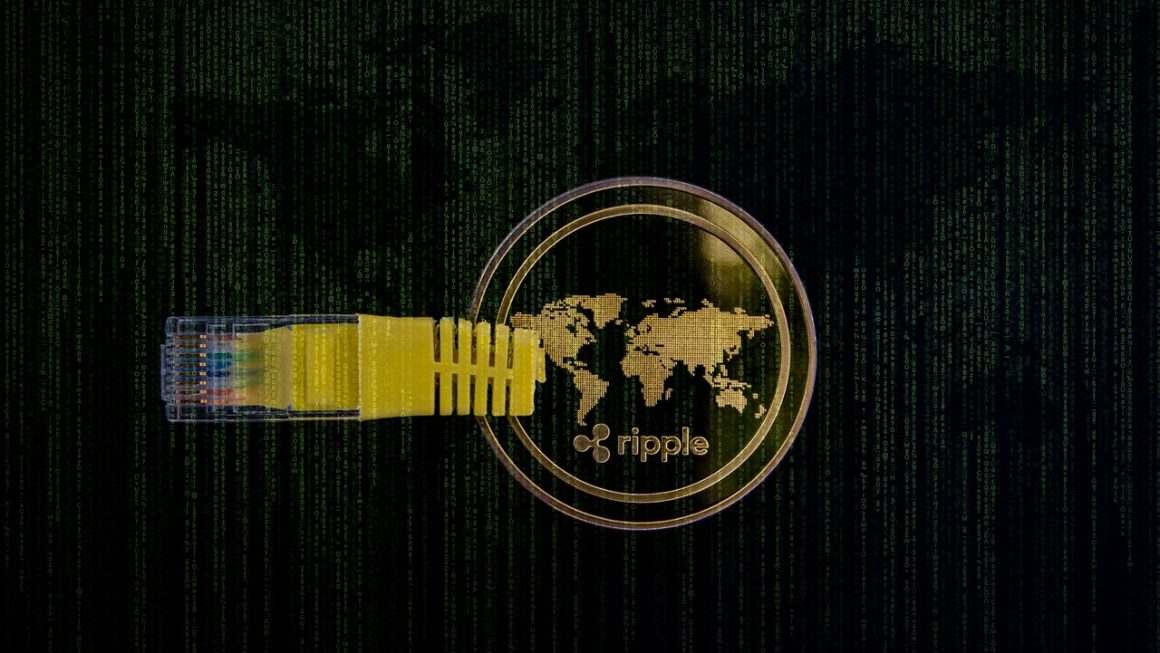Blockchain Architecture: A Comprehensive Overview
Blockchain technology has revolutionized the digital landscape, providing a secure and transparent way to store and transfer data. Understanding its intricate architecture is essential for leveraging its full potential.
Core Principles
Blockchain operates on a foundation of key principles:
- Decentralization: Data is stored across a network of computers, eliminating single points of failure and providing data integrity.
- Immutability: Once added to the blockchain, records are permanent and cannot be altered, ensuring data security and preventing tampering.
- Transparency: All transactions are visible to every participant, fostering trust and accountability.
Components
A blockchain comprises several core components:
Block
- Units of data containing multiple transactions
- Sealed with a cryptographic hash, linking each block to the previous one
- Forms a chronological chain of blocks
Network
- Consists of nodes (computers) that participate in blockchain operations
- Nodes validate and add new blocks to the chain
- Distributed architecture ensures security and resilience
Consensus Mechanism
- Algorithms that determine how the network reaches agreement on the validity of transactions
- Popular mechanisms include Proof of Work (PoW) and Proof of Stake (PoS)
Layers
Blockchain architecture is often organized into layers:
Data Layer
- Stores the actual transaction data in blocks
- May include additional information, such as timestamps and digital signatures
- Provides a consistent and verifiable data source
Network Layer
- Facilitates communication between nodes
- Transmits transactions, blocks, and consensus updates
- Ensures the network’s efficiency and scalability
Consensus Layer
- Implements the consensus mechanism
- Verifies transactions and coordinates block addition to the chain
- Maintains the integrity and consistency of the blockchain
Security Features
Blockchain’s security is enhanced by several features:
- Cryptography: Secure hashing and encryption algorithms protect data from unauthorized access.
- Consensus: Multiple nodes validate transactions, making it virtually impossible to alter the blockchain.
- Immutability: Once added to the chain, records cannot be tampered with, preserving data integrity.
Use Cases
Blockchain technology finds applications in various industries, including:
- Finance: Cryptocurrency, digital payments, asset management
- Supply Chain Management: Tracking goods from origin to delivery, ensuring product authenticity and transparency
- Healthcare: Secure medical records storage, data sharing, and clinical trials
- Government: Secure voting systems, identity management, and election transparency
Conclusion
Blockchain architecture provides a robust and secure foundation for a wide range of applications. Its core principles, components, layers, and security features empower organizations to revolutionize data management and enhance trust in the digital realm. As blockchain technology continues to evolve, it holds immense promise for shaping the future of digital transactions and decentralized systems.



